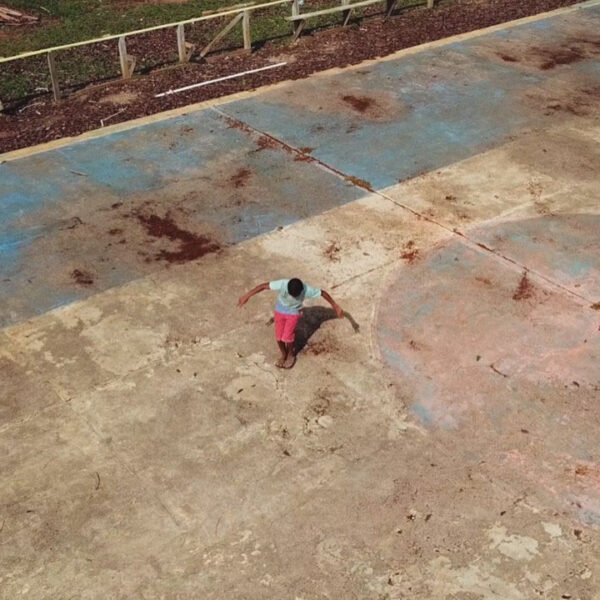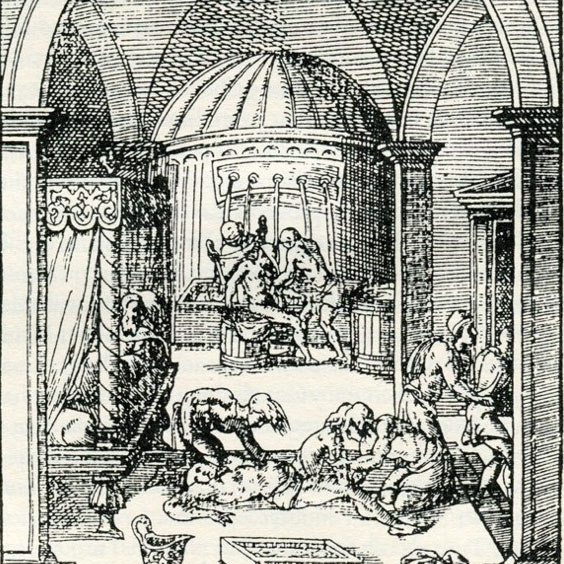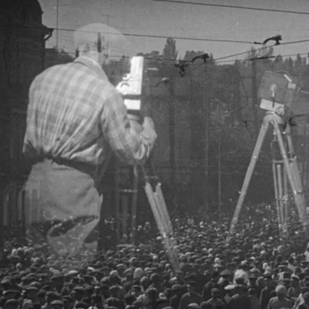What We Shared_Deep Dream Generations Clip (Visible Evidence) from Kamila Kuc on Vimeo.
The second purpose, however, is closer to the aspirations of the filmmaker as visual artist. Speech cannot be relied upon, but the building of images parsed in the form of dreams melds the desires of the inhabitants of Abkhazia into the shared reality of the film. The filmmaking process reads here as an exploration of desire built on mutual trust. Kuc’s treatment of the subjects is not typical documentary exploration, mining the truth of experience. On the contrary, the focus is on deconstructing the machination of a documentary capture that conflates desire with truth. Perhaps this is why the final third of the film turns upon Kuc herself, focusing on her own experience growing up in post-communist Poland. Kuc is not content to focus on the desires of others in Abkhazia. Her autobiographical turn helps build a “desiring-machine.” The filmmaker is not outside, immune to the tribulations of history. “Desire is a machine,” Deleuze and Guattari note, “and the object of desire is another machine connected to it.” Taken in this light, What We Shared should be viewed not as a representation of other realities but a melding together of desires into something shared. The film acts as a vehicle of solidarity between an artist and the subjects who collaborate in the shared process of film.
The “other realities” workshop is premised on bringing scholars and practitioners together in a manner that is not unlike the working philosophy of What is Shared. It is a testament to the workshop’s productive vitality that it lives on as something more than a trace; that it is used as a space of reflection and generative thinking about what is other and what is real.
Kuc, Kamila (dir. 2021). What We Shared. UK: Dark Spring Studio.
Dara Waldron is a Lecturer in the Department of Art, Design and Media in the Technological University of the Shannon, Ireland.


